Each of our lives is comprised of elements that create a story. Our financial lives are no different – the elements include our bank accounts, retirement accounts, mortgages, car loans, student loans, investment accounts, stock options at work, life insurance policies, credit cards, etc. When most people think of their financial life, they think of these elements but have trouble contextualizing them in their overall financial story. All of these elements are simply tools that either help or deter us from our goals. Before analyzing the tools, it’s important to understand why you’re using them and the goals and priorities that create the story which requires them.
One way people analyze these tools is by researching investment returns. Before delving into the world of returns, think about why you are investing in the first place. Your investments should reflect your overall financial priorities. If the risk tolerance in your investment appropriately reflects the time-frame you plan on needing the money, then worrying about investment returns day-to-day can be more of a headache than it’s worth. For example, if you are 35 years old saving for retirement at 60 – you should be aggressively invested if you’re comfortable with that. Because you have 25 years before you plan on using the money, short-term fluctuations in the market shouldn’t really concern you. In fact, if the market does go down and you are still contributing to your retirement, you are technically “buying on sale” – getting more shares for the same dollar value. Contributing to your retirement in up-and-down markets is called “dollar-cost-averaging” – meaning you average out the cost/share of an investment by contributing consistently rather than trying to time the market and invest when you are “buying low”.
There are many benchmarks in the financial industry to compare your investments to and track performance. Some examples include the S&P500 and the Dow Jones Industrial Average for large-cap stocks, the Barclays US Aggregate Bond Index for bonds, and the MSCI Index for international investments. It’s important to understand how your investments are doing in relation to the overall market – it keeps you abreast of what you are investing in and prompts questions you may not ask otherwise – such as what fees you are paying, who’s helping you decide what to invest in, and how much risk you’re taking on compared to the benchmarks you’re using as a comparison. However, the benchmark you should habitually pay more attention to than any other is your particular goal with each investment and your overall goals in terms of building wealth.
Focusing on investment returns only paints half of the picture when tracking progress because it is completely out of your control. If you can confidently say your investments are well diversified and invested according to a risk-tolerance you are comfortable with, there is a much more important benchmark to track than returns. Instead of relying on your investment vehicles to do all the heavy-lifting, you should use your investment behavior as the ultimate indicator to determine if you’re making progress or need more work. What are the financial goals you have in mind? To retire by 55? To save for a second down payment on a house? To pay off your mortgage? Help your children pay for their college tuition? Protect your investments and family in case of a long-term illness? Reduce credit cards and student loans? Build emergency savings?
When you are focused on goal-based financial planning, there are a lot of benchmarks to concern yourself with other than the hype involved in investment performance. Are you saving more this year than you were last year? Did you increase your savings rate when you received a raise? Does the money you are spending appropriately reflect the values and priorities that are most important to you? Are you using extra income to increase investments and decrease liabilities? By focusing on why you’re investing in the first place and the priorities that matter to you, it’s easier to ask the right questions and monitor progress. Once you know what you’re shooting for, a Decision Coach can help you understand the appropriate tools to get there.
The Standard & Poor’s 500 Index is a capitalization weighted index of 500 stocks designed to measure performance of the broad domestic economy through changes in the aggregate market value of 500 stocks representing all major industries.
The Dow Jones Industrial Average is comprised of 30 stocks that are major factors in their industries and widely held by individuals and institutional investors.
The Bloomberg Barclays U.S. Aggregate Bond Index is an index of the U.S. investment-grade fixed-rate bond market, including both government and corporate bonds.
The MSCI EAFE Index is a free float-adjusted market capitalization index that is designed to measure the equity market performance of developed markets, excluding the US & Canada. The MSCI EAFE Index consists of the following developed country indices: Australia, Austria, Belgium, Denmark, Finland, France, Germany, Hong Kong, Ireland, Israel, Italy, Japan, the Netherlands, New Zealand, Norway, Portugal, Singapore, Spain, Sweden, Switzerland and the UK.
Each index is an unmanaged index which cannot be invested into directly. Unmanaged index returns do not reflect fees, expenses, or sales charges. Index performance is not indicative of the performance of any investment. Past performance is no guarantee of future results.

